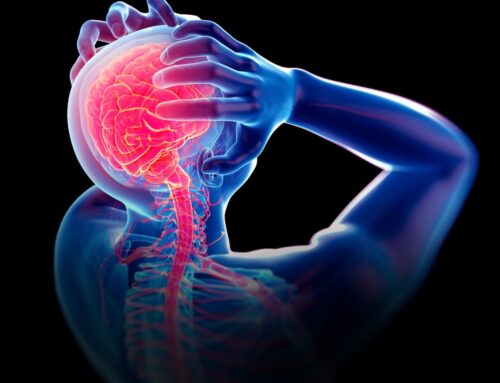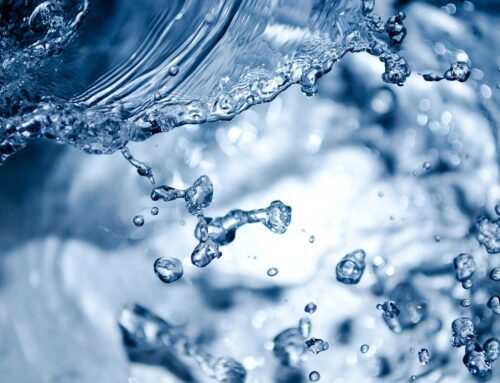Only a few private clinics in the UK offer Acupuncture during your IVF treatments and to my knowledge there is no NHS coverage, however its more common in European clinics. In April 2002 Wolfgang E. Paulus, M.D released a small prospective randomized study using a standardised acupuncture protocol in the Journal Fertility and Sterility by American Society for Reproductive Medicine, the full text can be found here.
The study took 160 patients who were undergoing Assisted Reproductive Technology (ART) and who had good quality embryos. They were divided into two groups through random selection: embryo transfer with acupuncture (80) and embryo transfer without acupuncture (80). The breakdown of the participants are; 160 healthy women (age ranged from 21 to 43) undergoing treatment with in vitro fertilization (IVF; n 101) or intracytoplasmic sperm injection (ICSI; n 59) were recruited into the study.
Clinical pregnancies were documented in 34 of 80 patients (42.5%) in the acupuncture group, whereas pregnancy rate was only 26.3% (21 out of 80 patients) in the control group.
Each patient in the experimental group received an acupuncture treatment 25 minutes before and after embryo transfer. Sterile disposable stainless steel needles (0.25 25 mm) were inserted in acupuncture point locations. Needle reaction (soreness, numbness, or distension around the point, know as Deqi sensation) occurred during the initial insertion. After 10 minutes, the needles were rotated in order to maintain de qi sensation. The needles were left in position for 25 minutes and then removed. The depth of needle insertion was about 10 to 20 mm, depending on the region of the body undergoing treatment.
Before embryo transfer, the following locations were used:
Neiguan – PC6/Inner Pass
Diji – Sp8/Earth’s Crux
Taichong – Liv3/Great Surge
Baihui – Du Mai 20/Hundred meetings
Guilai – St29/Return
Ear Points
Right Ear – 55 (Shenmen/Spirit Gate)
Right Ear – 58 (Zhigong/Uterus)
Left Ear – 22 (Neifenmi/Endocrine zone)
Left Ear – 34 (Naodian/Subcortex)
After embryo transfer, the needles were inserted at the following points:
Zusanli – ST36/Three Leg Miles
Sanyinjiao – Sp6/Three Yin Intersection
Xuehai – Sp10/Sea of Blood
Hegu – LI4/Union Valley
Ear Points
Left Ear – 55 (Shenmen/Spirit Gate)
Left Ear – 58 (Zhigong/Uterus)
Right Ear -22 (Neifenmi/Endocrine zone)
Right Ear – 34 (Naodian/Subcortex)
The Acupuncture points chosen, according to the principles of Traditional Chinese Medicine (TCM), are used to relax the uterus, invigorate Xue (blood) and Qi (energy) to the uterus and hormonal system and relax the spirit. The needles were stimulated to give some of the characteristic sensations of traditional Chinese acupuncture (DeQi).
The study used acupuncture 25 minutes before the IVF procedure and then immediately afterwards.
In the real world this would be nearly impossible as very few clinics will allow an independent practitioners in their clinic due to insurance reasons and as previously stated very few clinics in the UK have acupuncturists on staff. Many believe it is just as effective to do the procedures on the morning of the treatment and then as soon after as is possible but this has not be tested.
There are relatively few studies regarding Acupuncture for IVF so its refreshing to see a good quality study being conducted, the only real criticism is there was no placebo control, but in Acupuncture research the idea of a placebo can be argued both ways. This study had plenty of participants and as the same acupuncturist was used with all the subjects it removes any practitioner variables.
More research is always needed, I have never read a medical RCT (randomized control trial) which did not say that, but research generally requires funding which is short on the ground in the Acupuncture world, but I look forward to (hopefully) seeing more on this protocol and the area of Acupuncture for IVF and reproductive technologies.
If you would like to discuss having this treatment please contact me.







